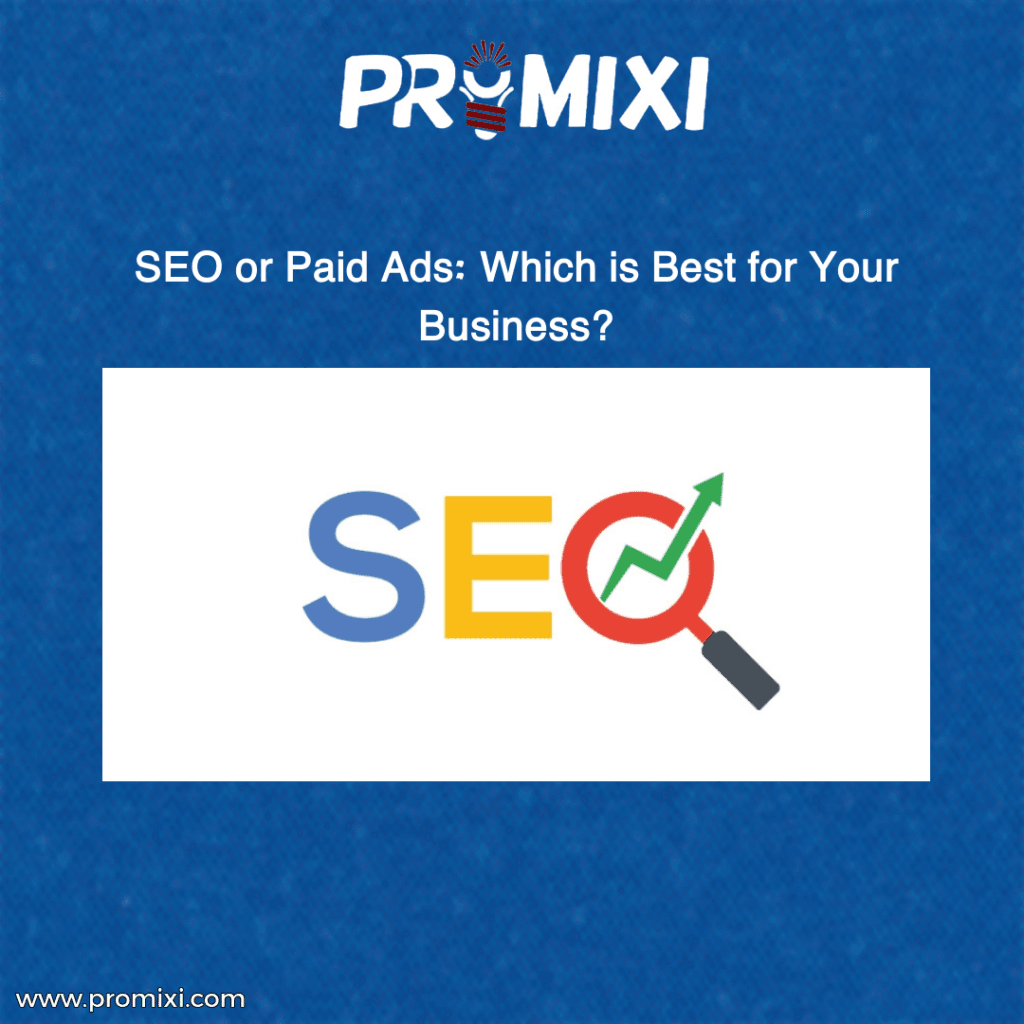Google Ads: The Fastest Way to Reach Your Customers. In an era of intense digital competition,
companies are constantly searching for effective ways to reach their target audience and
enhance their online presence. One of the most powerful marketing tools available today is
Google Ads, a platform that allows businesses to promote their products quickly and efficiently.
What Are Google Ads?
Google Ads is a platform that enables businesses to run paid advertisements displayed in Google
search results. It helps companies promote their products and services, reach their target
audience effectively, and achieve growth, enhanced visibility, and increased sales.
Types of Google Ads
Search Ads
These ads appear when users search for specific keywords and are displayed at the top or bottom of search results. They are ideal for customers actively looking for products or services.
Display Network Ads
These ads appear as text or images on Google’s partner websites, making them effective for building awareness or targeting new audiences.
Video Ads
These are visual advertisements displayed on YouTube and other platforms, leveraging the power of video content.
Shopping Ads
These ads showcase products with images and prices in search results, making them perfect for retailers and e-commerce businesses.
App Ads
These ads promote mobile apps and are displayed on YouTube, Google Search, and the Google Play Store.
Local Ads
These ads are targeted at customers in specific geographic areas, such as local stores or restaurants.
The Importance of Google Ads for Businesses
-
Targeted Customer Reach
Google Ads uses keywords and location targeting to ensure businesses reach an audience already searching for their products or services, showing ads to those who are genuinely interested.
-
Brand Awareness
helps businesses reach a broader audience through the Google Display Network, contributing to the development of a recognizable brand.
-
Quick Results
Unlike organic marketing strategies that take time, Google Ads delivers results immediately after launching a campaign.
-
Competing with Larger Companies
allows small businesses to compete with industry giants by creating high-quality advertisements that reach the right audience.
-
Increased Conversions
drives traffic to landing pages, encouraging purchases and boosting sales and conversions effectively.
-
Flexible Budgets
enables small and medium-sized businesses to set suitable budgets and control daily spending, ensuring cost efficiency.
-
Analytical Reports
provides detailed insights, helping businesses measure performance and optimize campaigns based on data-driven decisions.
-
Versatile Ad Formats
Google offers various ad formats, including text, image, video, and local ads, catering to diverse business needs.
Strategies for Successful Google Ad Campaigns
-
Keyword Selection
Conduct thorough research to identify the right keywords, focusing on long-tail keywords to reduce competition and target specific audiences.
-
High-Quality Ads
Create compelling ads that align with chosen keywords and direct users to fast-loading, high-quality landing pages with clear calls to action.
-
Campaign Segmentation
Run separate campaigns based on objectives, target audience, and product or service categories.
-
Seasonal Promotions
Leverage major events and holidays like Ramadan, New Year, or Black Friday to offer deals that encourage customer interaction.
-
Precise Audience Targeting
Define audience demographics, including age, location, interests, and behaviors, to ensure ads reach the right people.
-
Retargeting
Re-engage users who visited the website but didn’t complete a purchase using YouTube or Display Network ads tailored specifically for them.
-
Data Analysis
Utilize Google’s analytical tools to monitor performance metrics such as click-through rates (CTR) and conversion rates, optimizing campaigns accordingly.
-
Stay Updated
Keep up with Google Ads platform updates to incorporate the latest features into campaigns.
How Do Google Ads Work?
Pay-Per-Click (PPC)
Advertisers pay for each user click on their ad. Costs are determined by factors like ad quality and keyword competitiveness, ensuring payment aligns with results.
Keyword Optimization
Effective campaigns rely on using the right keywords and negative keywords to exclude irrelevant searches.
Ad Ranking
Ads are ranked based on:
Bid Amount: The cost per click advertisers are willing to pay.
Quality Score: The relevance of the ad, keyword, and landing page.
Page Experience: Metrics like load speed and clarity of the message.
Google Ads vs. Search Engine Optimization (SEO)
- Speed: Google Ads Delivers instant results and SEO Takes time to achieve visibility and rankings.
- Cost: Google Ads Operates on a pay-per-click basis and SEO Requires no direct payment to search engines but focuses on optimizing content.
- Credibility: Google Ads May have lower credibility as users recognize them as paid ads and SEO Builds long-term trust with natural search results.
- Visibility: Google Ads Appears at the top and bottom of search engine results and SEO Improves organic rankings to appear in natural search results.
- Duration of Impact: Google Ads Stops showing once the budget is exhausted and SEO Offers long-term visibility if rankings are maintained through regular optimization.
Both Google Ads and SEO play essential roles in achieving marketing goals. At Promixi, we integrate both strategies to enhance your digital presence and help you reach your objectives.
For immediate, seasonal, or temporary results, Google Ads is the ideal choice. If you’re looking for sustainable, long-term success, SEO is the way to go. Whatever your goals, our team is ready to guide you to success!


